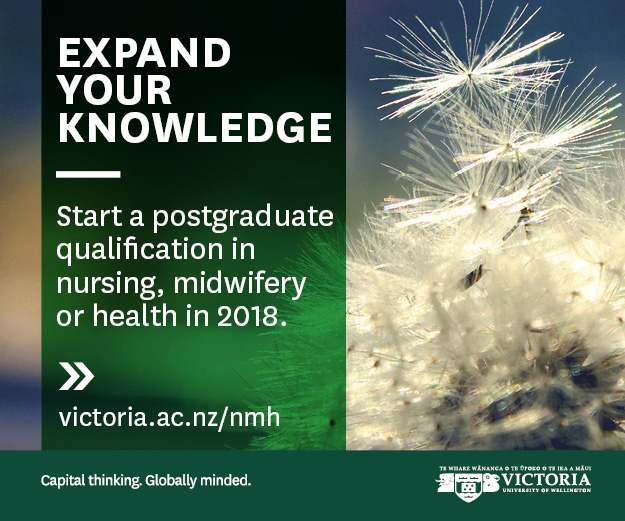A research project is seeking to find out how culturally safe and prepared nurse educators feel to teach and support Māori nursing students.
Doctoral researcher Jennifer Roberts is asking for nurse educators to take part in an anonymous survey about their preparedness and experiences of working with Māori nursing students in nursing schools.
Roberts is head of EIT’s School of Nursing, which has a high percentage of its nursing student population identifying as Māori – about a third in its Hawke’s Bay campus and about half in Gisborne.
“It’s an important study body for us in our region and we take that responsibility seriously given the national emphasis on growing the Māori nursing workforce.”
In 2015 the HWNZ Nursing Workforce Governance Group set a date of 2028 for the Māori nursing workforce to match the percentage of Māori in the population with the goal of helping improve access to quality health care for Māori. (Currently nurses identifying as Māori make up about six per cent of the nursing workforce, while Māori are 15 per cent of the New Zealand population.)
Roberts said she initially considered looking at what were the barriers and enablers for Māori nursing students’ success for her doctoral research topic. A literature search discovered that a lot of work had been done in that area but where there was a gap in knowledge was how nurses educators and nursing schools worked with Māori nursing students.
So she decided to flip the question around and focus on how nursing education practice in nursing schools and institutes may be contributing or inhibiting Māori student success. “And success is more than just achieving the qualification, it is about having a positive experience through learning as well,” said Roberts.
She said little was known about nursing educators’ preparedness for working with Māori students or their experiences in doing so.
“As (nursing) lecturers I think we all understand the importance of cultural safety in nursing practice,” said Roberts. But she wondered how that translated into how teachers themselves taught and interacted with student nurses. “Are we (ourselves) culturally safe in the classroom?”.
Roberts said if you look at the population of nurse educators, most were Pakeha like herself. “I think so many of us are well intentioned, but we maybe don’t have the tools…” said Roberts. “We want to do a good job, but are we?” She stressed it was “not a witch-hunt in any way” and instead her research’s aim was to help figure out how best to equip the nurse educator workforce to deal with cultural aspects of education.
Roberts said helpful work had been done by Ngā Manukura o Āpōpō – a workforce project to foster the professional development of Māori nurses and midwives that has included publishing performance scorecards of nursing schools. Informal work had also been done by NETS (Nursing Education in the Tertiary Sector) looking at what systems nursing schools had in place for supporting Māori students. Roberts’ work was to focus on the preparation and experience of nurse educators
She is inviting nurses currently working in undergraduate nursing education as nursing lecturers, nursing programme co-ordinators or undergraduate nursing programme managers to take part in an online survey and/or interviews.
Her research questions include:
- What are the institutional and school strategies that seek to support Māori nursing students?
- What are nurse leaders’ and educators’ perceptions of barriers and enablers in providing nursing education to Māori nursing students?
- How do nurse educators understand and interpret cultural safety in nursing education?
- How do nurse educators practice and apply the concepts of cultural safety in nursing education?
Nurse educators who wish to take part in the anonymous questionnaire can click here or email Jennifer Roberts to find out more.




















